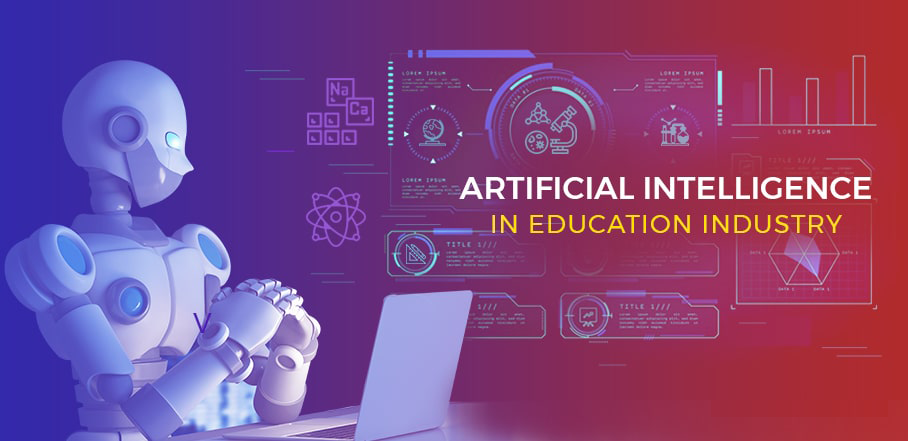Gone are the days of visiting the library to photocopy a few pages from an encyclopedia for a school project. As generations of children grow up with technology at their fingertips, we live in a world where the internet is their primary source of information, education, and entertainment. A recent survey found that children in the U.S. aged between eight and 12 spend almost five hours a day looking at screens, while teenagers are clocking nearly seven hours a day of screen time – and that’s not counting the time they spend doing schoolwork. Hours spent learning from chalkboards in physical classrooms has also reduced significantly since the start of the COVID-19 pandemic, and the ensuing social restrictions and lock-downs. As technology and society continue to evolve and develop, the way we learn will also continue to change, for children and adults alike.
The rapid advancement of technologies such as artificial intelligence (AI), machine learning (ML), and robotics impacts all industries, including education. If the education sector hopes to utilize AI’s full potential for everyone, the focus should be to continue exposing the next generation to AI early on and utilizing the technology in the classroom. Teachers are already finding that many students use AI through social media and are, therefore, open to its educational applications.
There’s also a great professional need for these abilities. “The U.S. Bureau of Labor Statistics sees strong growth for data science jobs skills in its prediction that the data science field will grow about 28 percent through 2026,” says Bernard Schroeder, senior contributor for Forbes. With increased technology comes increased data operations and analysis sophistication, as well as more AI. These changes will ultimately increase the demand for data scientists and other AI specialists
The role of artificial intelligence in education
Global Market Insights Inc. predicts that the AI education market could have a market value of $20 billion by 2027. The industry growth is good news, as AI can ultimately reduce the burden on teachers across the globe.
However, some educators fear that in the future, AI technology might replace the role of the teacher altogether. Fortunately, it doesn’t look like teachers are at risk of being replaced by robots anytime soon. While AI programs can teach students literacy or math, the more complex impartation of social and emotional skills will remain in the domain of humans.
How artificial intelligence is currently used in education
How technology is used in classrooms has changed significantly in response to COVID-19. Rather than teaching in front of a classroom full of students, lock-downs forced many educators across the globe to teach remotely, from their homes. Edtech company Promethean surveyed teachers and learned that 86 percent thought AI should be an important part of education.
Using AI in education holds many benefits for both students and teachers:
- Learning resources can be accessed from anywhere, at any time
- Time-consuming, tedious tasks such as record keeping or grading multiple-choice tests can be completed through AI automation
- Frequently asked questions can be answered through chatbots
- AI tutors and chatbots can be available to answer questions at any time
- Learning can be tailored and adapted to each student’s goals and abilities through personalized programs
How AI is set to change the education market
The World Economic Forum estimates that, by 2025, a large proportion of companies will have adopted technologies such as ML. They strongly encourage governments and educational institutions to focus on rapidly increasing related education and skills, focusing on both STEM and non-cognitive soft skills to meet the impending need. Advances in technology will cause major disruptions in the workforce, as automation could replace up to 50 percent of existing jobs in the U.S. alone, Microsoft reported. The Microsoft report continues, suggesting students will need to have mastered two facets of this new world by the time they graduate.
They need to:
- Know how to utilize ever-changing technology, such as AI, to their advantage
- Understand how to work with other people in a team to problem-solve effectively
Preparing students to work alongside AI in the future can start early. As many children are already comfortable with digital technology before entering school, it’s essential to teach them the skills to thrive in a digital workplace. The workforce of the future has its foundation in the now.
